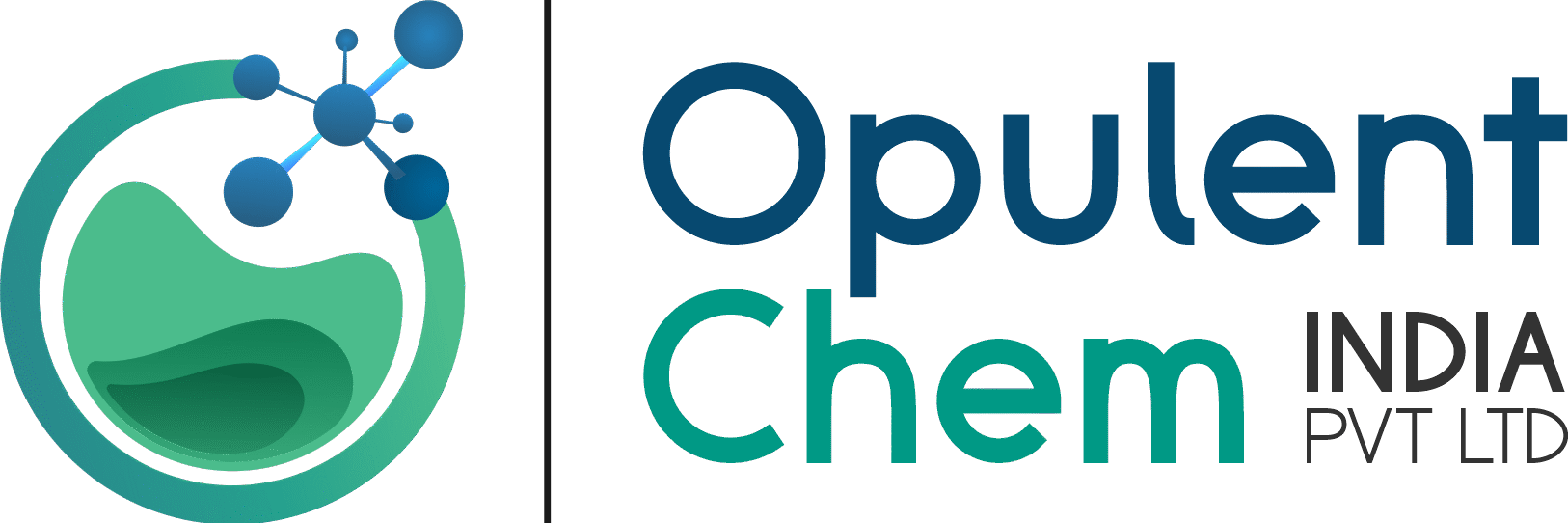Glycerin
Glycerin is a clear, colorless, odorless, and viscous liquid well-known for its purity and stability. It possesses excellent hygroscopic and humectant properties, making it widely recognized as a versatile base material in various industries.
Synonyms
Glycerol ; 1,2,3-Propanetriol ; Hydroxypropane
Formula
C₃H₈O₃
CAS No
56-81-5
HS Code
29054500
Industries Served
- Pharmaceutical Industry
- Personal Care and Cosmetics Industry
- Food and Beverage Industry
- Chemical Industry
- Tobacco Industry
- Textile Industry
- Paper Industry
- Explosives Industry
- Automotive and Aerospace Industry
- Agriculture Industry
- Leather Industry
- Adhesives and Sealants
- Soap and Detergent Industry
Applications
- Used as a solvent in the formulation of oral medicines.
- Key ingredient in glycerin suppositories.
- Included in creams, ointments, and gels for its moisturizing and soothing properties, aiding in the treatment of dry skin conditions.
- Used in lotions, creams, and serums to attract and retain moisture in the skin, preventing dryness.
- Used in soaps and facial cleansers.
- Used in shampoos, conditioners, and styling products.
- Used as a sweetener and humectant in various food products, including baked goods, candies, and beverages.
- Used as an energy source in animal feed.
- Used in some fertilizers to improve nutrient delivery.
- Used as a reagent in various laboratory processes.
- Used to condition and soften leather.
- Byproduct of biodiesel production.
- Used in the production of printing inks.
- Used in sugar-free and low-calorie foods as a sugar substitute.
- Used as a raw material in the production of alkyd resins, which are utilized in paints, coatings, and varnishes.
- Used in the manufacture of polyurethane foams for insulation, furniture, and automotive applications.
- Used to condition and soften yarns and fabrics in the textile industry.
- Used in paper coatings to enhance flexibility, improve durability, and add gloss to the finished product.
- Used in tobacco products to maintain moisture levels.
- Key ingredient in the production of nitroglycerin.
- Used in some antifreeze formulations as a non-toxic alternative to ethylene glycol.
- Used in certain types of brake fluids for its lubricating properties and ability to absorb moisture in the automotive industry.

